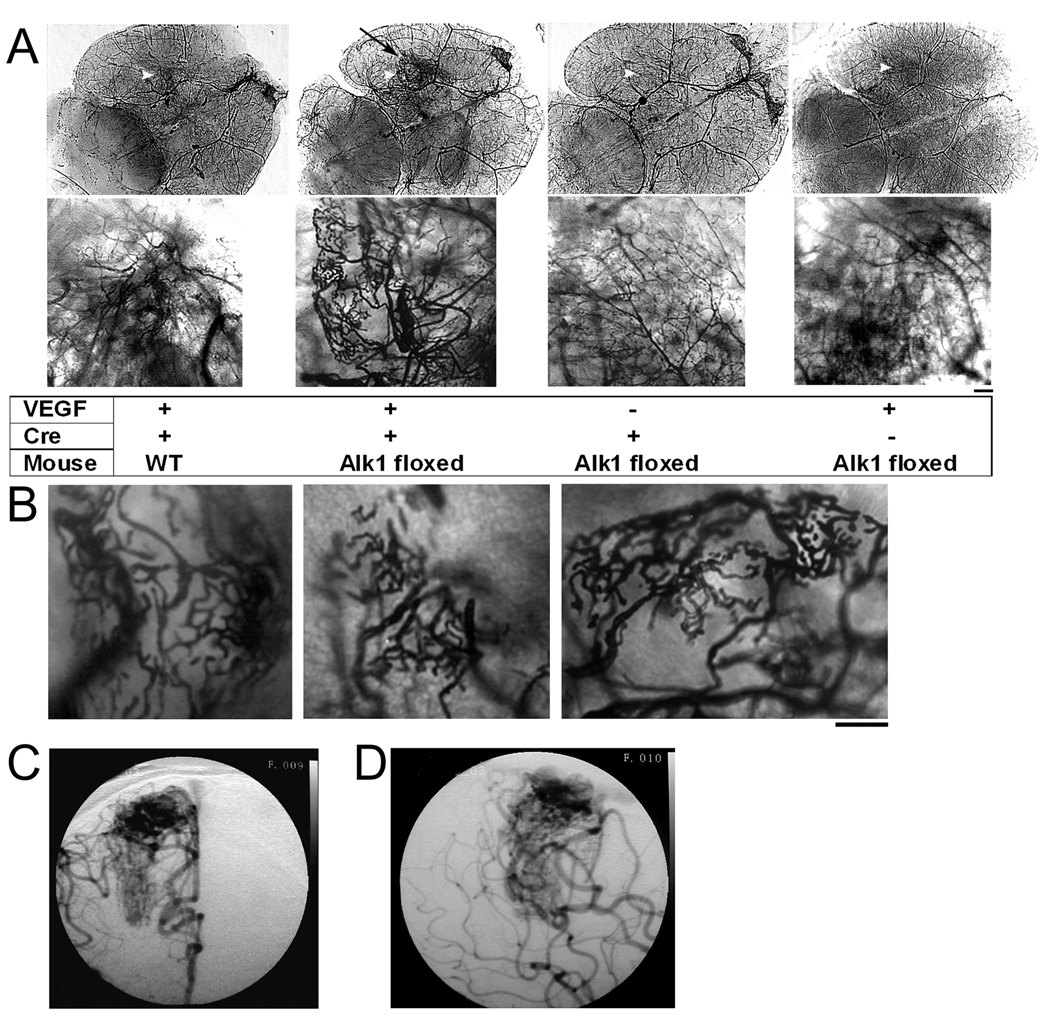Figure 1. Vessel casting showing that VEGF stimulation induced distinct cerebrovascular abnormalities at the Alk1-deleted region.
(A) Large tangled vessels resembling a bAVM were detected at the injection site of Ad-Cre and AAV-VEGF in the brain of Alk1-floxed mice (black arrow). Alk1 deletion (Ad-Cre injection) without VEGF had no effect on the cerebrovascular structure. Overexpression of VEGF in the brain without Alk1 deletion (WT mice or Alk1 mice injected with control adenoviral vector) induced normal angiogenesis. The bottom images show the enlarged angiogenic foci of the images on top. Scale bar = 100 µm. Injection sites are indicated by white arrow heads.
(B) Abnormal vasculature from 3 different Alk1-floxed mice injected with Ad-Cre and AAV-VEGF. Scale bar = 100 µm.
(C) & (D) Right internal carotid artery anterior-posterior (C) and lateral (D) projections of an angiogram from an 18-year-old male who underwent microsurgical bAVM resection. The bAVM, supplied by the middle and anterior cerebral arteries, has a diffuse angioarchitecture, similar to the phenotype in the mouse model.

